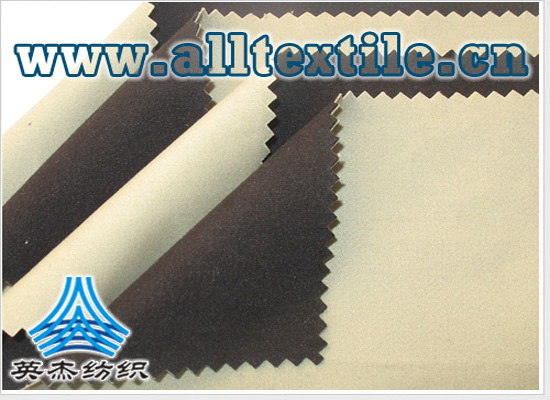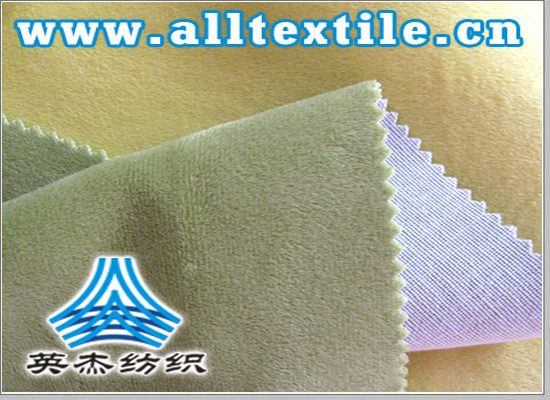Special heavy-duty anti-corrosion powder coating for “double-resistant” type mine pipeline

The difference between organic flame retardants and inorganic flame retardants
Currently, flame retardants mainly include organic and inorganic substances. Organic flame retardants are represented by bromine-based, nitrogen-based, red phosphorus and compounds. Inorganic substances are mainly antimony trioxide, aluminum hydroxide, aluminum hydroxide, silicon-based and other flame retardant systems. Difference: Inorganic flame retardants do not contain carbon and carbon compounds; inorganic flame retardants can contain halogen elements.
Generally speaking, organic flame retardants are mainly used in plastics with better affinity, while inorganic flame retardants are mainly used in flame retardant fabrics of textile products. In terms of environmental protection, organic flame retardants have the advantages of low addition amount, high flame retardant efficiency, low smoke, slight toxicity, and wide range of uses. People prefer organic flame retardants, but the cost of organic flame retardants is higher than that of inorganic flame retardants. Dosage exceeds a lot.

Halogen-free inorganic flame retardants that meet both halogen-free and inorganic requirements are aluminum hydroxide, aluminum hydroxide, red phosphorus, and expandable graphite. Inorganic flame retardant (inorganic flame retardant) is a combination of fine processing by adding ultrafine inorganic metal oxides to a high temperature solution. Inorganic flame retardants mainly add inorganic elements with substantial flame retardancy to the flame-retardant substrate in the form of simple substances or compounds, and completely mix them with the polymer in a physically dispersed state. The phase uses physical or chemical changes to play a flame retardant function. The wood flame retardant elements studied by research and development mainly include metals Mg, Al, Ca, non-metals B, Si, N, P, Sb, halogens and transition elements Mo, V, Fe, etc. Inorganic flame retardants mainly include Metal hydrates, red phosphorus, boron compounds, antimony compounds, etc. Inorganic flame retardants have the characteristics of good heat resistance, non-volatility, long-term efficacy, and low price, and are widely used.
Let’s talk about hidden dangers in domestic decoration and fire self-rescue

When it comes to popular home interior decoration in China, very few people consider fire protection performance. Most people consider comfort and aesthetics. Decoration materials will give priority to beauty and environmental protection, rather than considering fire protection. But there are also some people who have a particularly strong sense of worry. Such people are often called “survival freaks.” They may reject all decoration materials that are easy to catch fire. The walls can be white and plastered, and the floors can only use floor tiles and cement instead of floors. The various cabinets do not use wood, but use iron boxes that are common in offices. The bedding is as minimal as possible, the room is bare, and the curtains are made of fire-retardant cloth. Instead of a big sofa at home, use metal chairs that are less likely to catch fire. They will put a safety belt, steel core fire rope and a figure 8 descent device on the balcony.
This kind of survivalist style decoration shows a minimalist and cold style, lacking warmth. But from a safety perspective, it is worth promoting.





